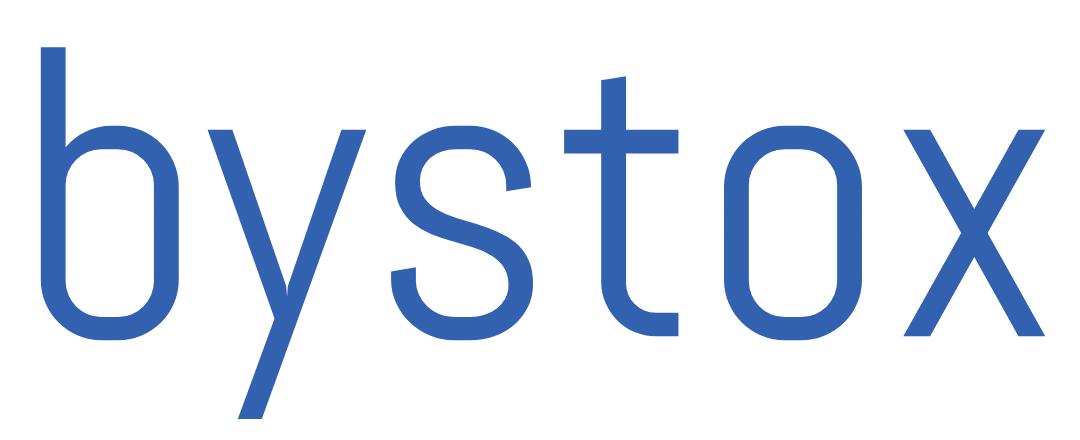The deceleration was attributed partially to a significant decline in energy expenses, which mirrored the base effect of the previous year’s substantial increase, as well as government subsidies aimed at curbing gasoline and utility bills. This suggests a diminishing cost-push pressure that had consistently maintained core inflation at or above the Bank of Japan’s 2 percent target since April 2022.
In January, Japan’s core consumer inflation continued its third consecutive month of slowing down but surpassed expectations by maintaining the central bank’s 2 percent target. This has sustained hopes that the negative interest rates may be lifted by April. According to data from the Internal Affairs and Communications Ministry, the core consumer prices index (CPI) recorded a 2.0 percent gain, slightly slower than December’s 2.3 percent increase. This underscores the belief that diminishing cost-push inflation from commodity imports could alleviate the burden of rising living expenses.
The stronger-than-expected gain in January’s CPI, surpassing median market forecasts for a 1.8 percent rise, has reinforced expectations that significant wage increases will be proposed by major corporations during the labor-management wage negotiations scheduled for March 13. This development is seen as a precursor for the Bank of Japan (BOJ) to potentially end negative interest rates either in March or April.
Marcel Thieliant from Capital Economics stated, “The January CPI leaves open the possibility of the BOJ hiking its policy rate at the March meeting if preliminary Shunto results due a few days before the meeting are encouraging.” He further commented, “We still consider an April hike more likely. For one thing, inflation will jump well above 2 percent in February as base effects from the launch of energy subsidies a year ago kick in, which would allow the Bank to tell a more compelling story that inflation remains strong.”
Japan’s core consumer price index incorporates oil products while excluding fresh food prices. The deceleration in inflation was attributed partly to a significant decline in energy costs, reflecting the base effect of last year’s sharp increase, and government subsidies aimed at curbing gasoline and utility bills. This indicates a diminishing cost-push pressure that had previously maintained core inflation at or above the Bank of Japan’s 2 percent target since April 2022.
Analysts emphasize that the crucial factor going forward is whether wage increases surpass inflation sufficiently to bolster households’ purchasing power. This, in turn, would enable companies to continue absorbing costs and maintain inflation consistently at the Bank of Japan’s 2 percent target.
The “core core” index, which excludes both fresh food and energy prices and is closely monitored by the BOJ as a narrow indicator of the broader price trend, saw a 3.5 percent year-on-year increase in January, following a 3.7 percent rise in December.
Izuru Kato, chief economist at Totan Research, commented, “As far as prices are concerned, there’s nothing in today’s data that would stop the BOJ’s move towards ending negative rates, which I think will come in April.” He added, “At the same time, the BOJ needs to strike a balancing act in view of two straight quarters of contraction in gross domestic product (GDP) and lackluster private consumption, while the weak yen has created a stagflation-like situation,” referring to a combination of low growth and high inflation.


Comments are closed.